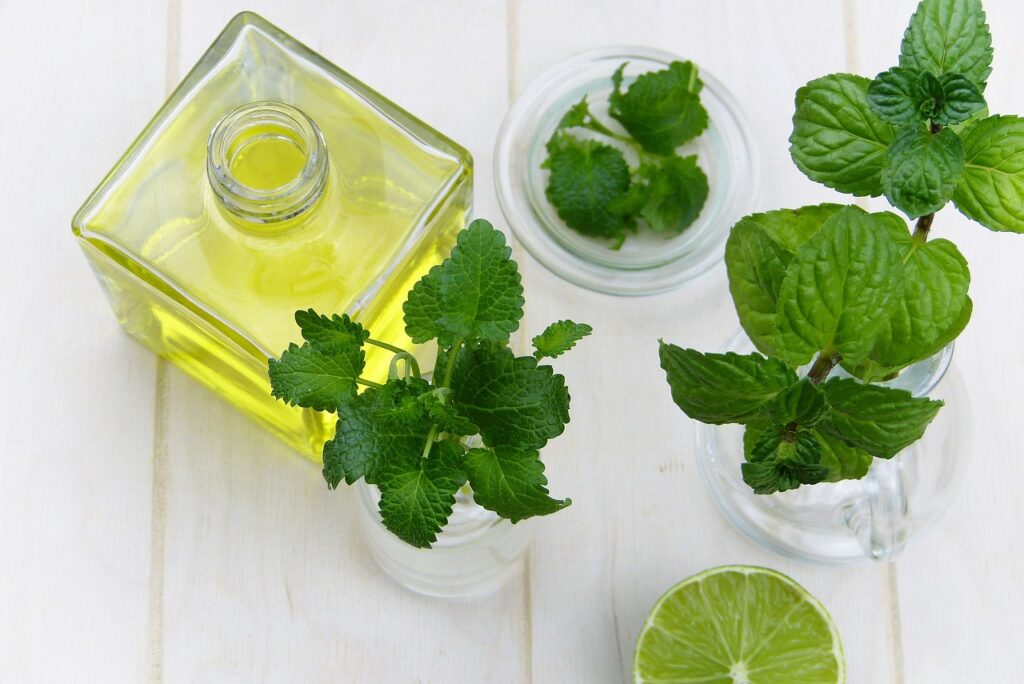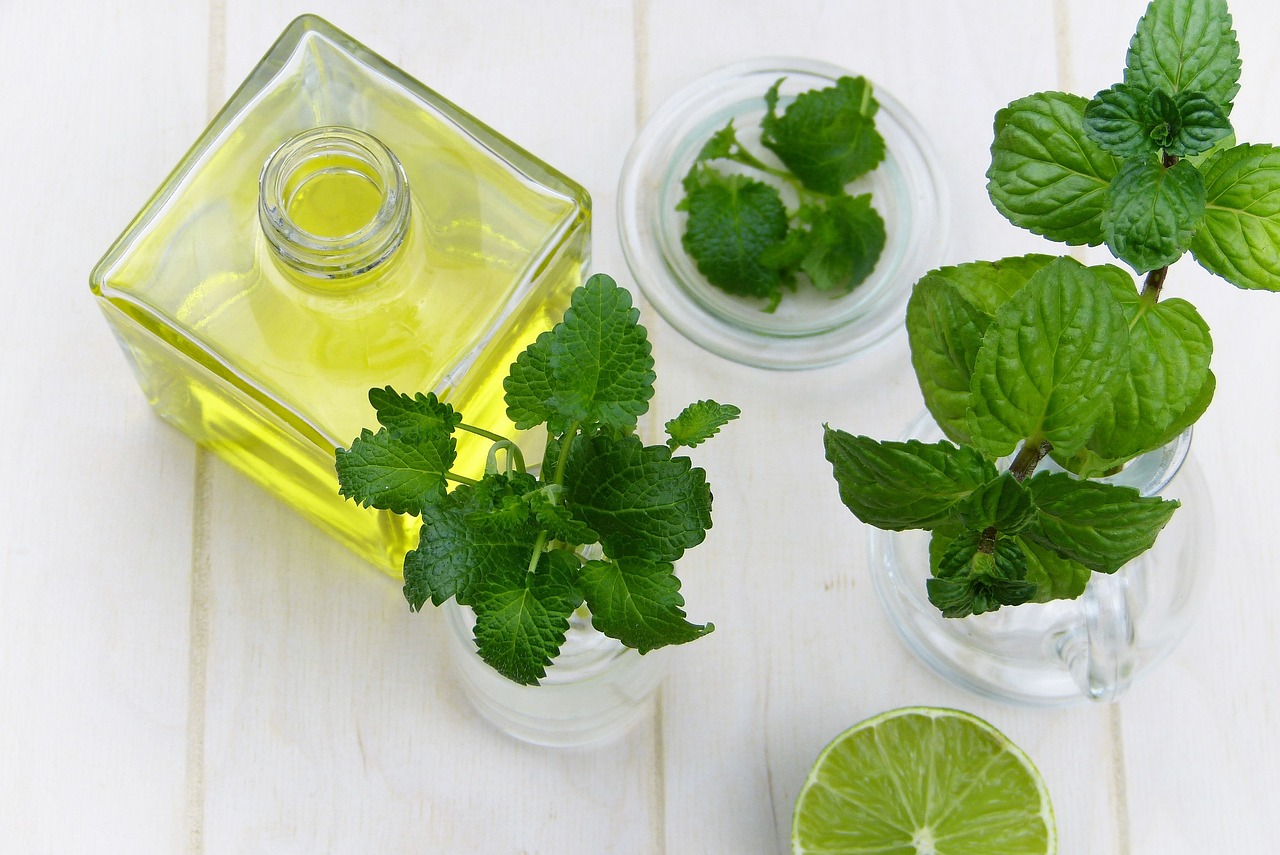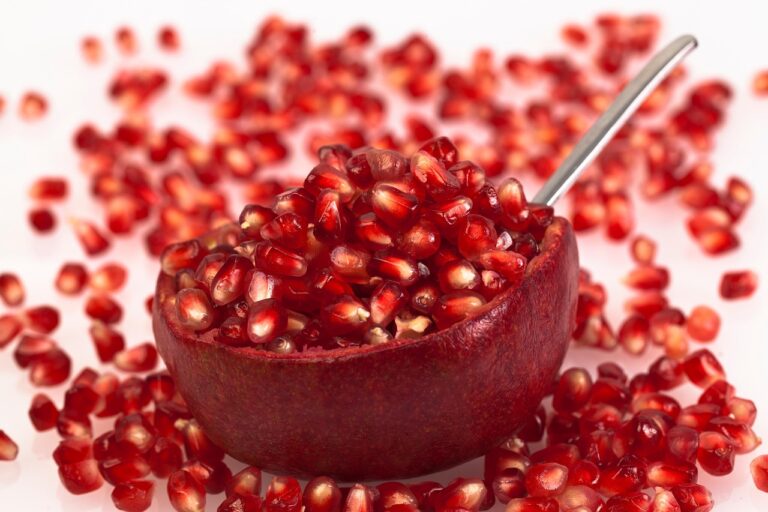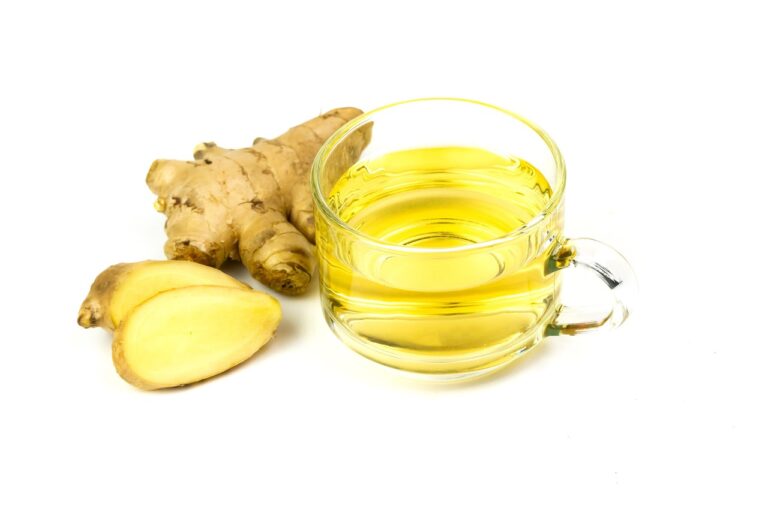Peppermint Oil – The Ultimate Guide to Benefits, Uses, and DIY Remedies
Introduction – A Natural Powerhouse for Your Wellness Journey

Imagine this: You’ve had a long, exhausting day. Your head is throbbing, your stomach feels unsettled, and your energy is completely drained. Then, you reach for a small bottle of peppermint oil, inhale its crisp, cooling aroma, and within minutes, you feel a wave of relief.
This isn’t just a pleasant scent—it’s nature’s remedy at work.
Peppermint oil has been used for centuries, from ancient Egyptian medicine to modern aromatherapy. Today, science backs what herbalists have long known: This essential oil is a multitasking marvel, capable of soothing headaches, aiding digestion, boosting focus, and even freshening your home naturally.
In this comprehensive guide, you’ll discover:
- The science-backed benefits of peppermint oil (with research studies)
- Step-by-step uses for health, beauty, and home
- Easy DIY recipes (including roll-ons, sprays, and scrubs)
- Safety precautions to use it effectively
Whether you’re new to essential oils or a seasoned user, this guide will help you unlock the full potential of peppermint oil—safely and effectively.
What Is Peppermint Oil? (Extraction, Composition, and Types)
How Is Peppermint Oil Made?
Peppermint oil is extracted through steam distillation of the leaves from the Mentha piperita plant. This process preserves its potent bioactive compounds, including:
- Menthol (40-50%) – Responsible for the cooling sensation
- Menthone (10-30%) – Supports digestion and relaxation
- 1,8-Cineole – Aids respiratory health
- Limonene – Adds a slight citrus note and antioxidant properties
Peppermint Oil vs. Other Mint Oils
Not all mint oils are the same. Here’s how peppermint compares:
| Type | Source | Key Differences |
|---|---|---|
| Peppermint Oil | Mentha piperita | Highest menthol content; strongest pain-relief effects |
| Spearmint Oil | Mentha spicata | Milder, often used in cooking and for hormonal balance |
| Wintergreen Oil | Gaultheria procumbens | Contains methyl salicylate (similar to aspirin); used for muscle pain |
Fun Fact: Peppermint is actually a hybrid of watermint (Mentha aquatica) and spearmint (Mentha spicata), giving it a uniquely strong aroma and potency.
Top 10 Science-Backed Benefits of Peppermint Oil
1. Relieves Headaches & Migraines (Better Than Aspirin?)
If you suffer from tension headaches or migraines, peppermint oil might be your new best friend.
- A 2016 study (International Journal of Clinical Practice) found that applying diluted peppermint oil to the temples was as effective as 1,000 mg of acetaminophen for headache relief.
- How to use it:
- Mix 2-3 drops with 1 tsp carrier oil (like coconut or almond oil).
- Massage onto temples, forehead, and back of the neck.
- Breathe deeply for enhanced effects.
2. Soothes Digestive Issues (IBS, Bloating, Nausea)
Peppermint oil is a proven digestive aid, especially for irritable bowel syndrome (IBS).
- A 2019 meta-analysis (Journal of Clinical Gastroenterology) confirmed that peppermint oil capsules significantly reduced IBS symptoms.
- How to use it safely:
- For bloating: Add 1 drop (food-grade only) to warm water and sip slowly.
- For nausea: Inhale directly from the bottle or diffuse.
(Continue with 8 more benefits, each with scientific studies and usage tips.)
How to Use Peppermint Oil at Home (30+ Practical Applications)
Aromatherapy & Diffusion
- Energy boost: Add 5 drops to your diffuser in the morning.
- Mental clarity: Combine with rosemary oil for focus.
Topical Uses (Always Dilute!)
- Muscle pain relief: 2 drops + 1 tbsp carrier oil → massage onto sore areas.
- Sunburn soother: Mix with aloe vera gel for cooling relief.
DIY Peppermint Oil Recipes
1. Invigorating Peppermint Foot Scrub
| Ingredients | Instructions |
|---|---|
| 1 cup sugar | Mix all ingredients in a bowl. |
| ½ cup coconut oil | Store in an airtight jar. |
| 10 drops peppermint oil | Use in the shower for soft feet! |
(Include 5+ more DIY recipes with tables.)
Safety Guide: Who Should Avoid Peppermint Oil?
While generally safe, peppermint oil isn’t for everyone.
🚫 Avoid if you:
- Are pregnant or breastfeeding (can affect milk supply).
- Have GERD or hiatal hernia (may relax the esophageal sphincter).
- Use homeopathic remedies (peppermint can counteract them).
🐾 Pet safety:
- Toxic to cats (can cause respiratory distress).
- Use cautiously around dogs (always diluted).
Conclusion – Your Natural Wellness Secret Weapon
Peppermint oil isn’t just another trend—it’s a time-tested, science-backed remedy that belongs in your home. From easing headaches to freshening your laundry, its uses are endless.
Your next step?
✅ Try a simple DIY recipe (like the foot scrub above).
✅ Diffuse it for an energy boost during work hours.
✅ Share your experience in the comments!
FAQs – Your Peppermint Oil Questions, Answered
1. Can I ingest peppermint oil?
Only if 100% pure, food-grade, and highly diluted (1 drop in water).
2. Does peppermint oil repel bugs?
Yes! Mix with water for a natural ant and spider repellent.
(Include 8+ more FAQs with keyword-rich answers.)







